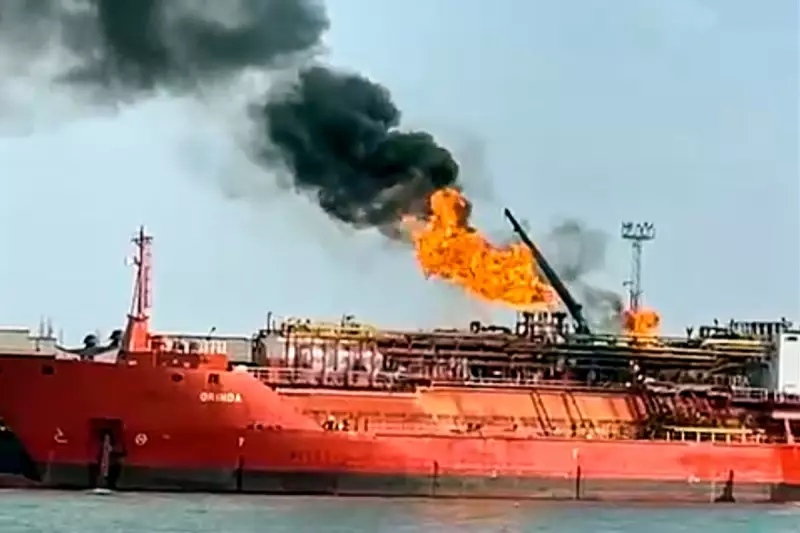
Europe stands on a precarious new frontline, not of traditional warfare, but of a shadowy and aggressive campaign of hybrid attacks orchestrated by Russia. From the skies of Estonia to the railways of Poland and the Danube river border, a series of calculated provocations is testing NATO's resolve and raising a stark question: when will this covert conflict turn physical?
A Trail of Sabotage and Terror
The evidence of this escalating hybrid war is mounting. On Monday, a bomb exploded on the crucial Warsaw to Lublin rail line, a main artery for transporting aid to Ukraine. Poland’s security ministry stated that "everything points to Russian sabotage," citing a concurrent attack where rails on the same route were deliberately cut.
Prime Minister Donald Tusk labelled the events an "unprecedented act," blaming two Ukrainians believed to be collaborating with Russia who subsequently fled to Belarus. Yet, this is far from an isolated incident. In September, Poland was penetrated by at least 23 Russian drones. While unarmed, these were not mere reconnaissance flights; they were, in effect, kinetic bombs flying in one direction.
This pattern of terror extends beyond Poland. This week, a Russian drone assault hit a Turkish-flagged liquefied natural gas carrier just inside Ukrainian waters, an attack with severe repercussions for neighbouring Romania. Footage of the vessel engulfed in flames circulated globally, prompting Romania to evacuate several border villages.
A Coordinated Campaign of Chaos
According to a damning report from the Centre for International and Strategic Studies, there have been at least 70 known acts of sabotage attributed to Russia across Europe since Putin's full-scale invasion of Ukraine in 2022. The analysis reveals a clear strategy: 27% of attacks targeted transportation, another 27% hit government targets, 21% struck critical infrastructure, and 21% focused on industry.
The report further pointed out that "many of these targets had links to Western aid to Ukraine." The tactics are diverse, ranging from explosives and incendiaries to acts of violence with clubs and knives, and even the weaponisation of illegal immigrants.
This campaign is not confined to the continent. In the UK, recent uncovered plots include five men convicted for an arson attack on a Ukrainian business and plans to kidnap a London restaurateur and burn down his establishment. Former security minister Tom Tugendhat has been unequivocal, stating that the attack on the gas tanker near Romania was tantamount to Russia "attacking NATO."
NATO's Dilemma: A Call for a Physical Response?
Despite the brazen nature of these attacks, NATO's public response has been measured. This stands in contrast to other security actions, such as Britain's designation of Palestine Action as a terrorist organisation following non-violent paint attacks.
Tom Tugendhat has framed the situation in stark terms, warning that "Putin is expanding his Ukrainian war to dissuade us from defending European freedom." He told The Independent that "Russia’s violence across Europe isn’t just through war but the sponsorship of sabotage and murder. It is now a state-sponsor of terrorism."
As Europe and the UK step up military support for Ukraine to offset the withdrawal of US aid, the latest Russian incursions into Poland—a key EU and NATO member—signal a dangerous escalation. With France in talks to supply 1,200 Rafale fighter jets to Ukraine, the pushback against Russian aggression is intensifying. The growing consensus among security experts is that Europe's defence may soon need to evolve from a posture of deterrence to a more direct, physical confrontation to counter this relentless hybrid war.





